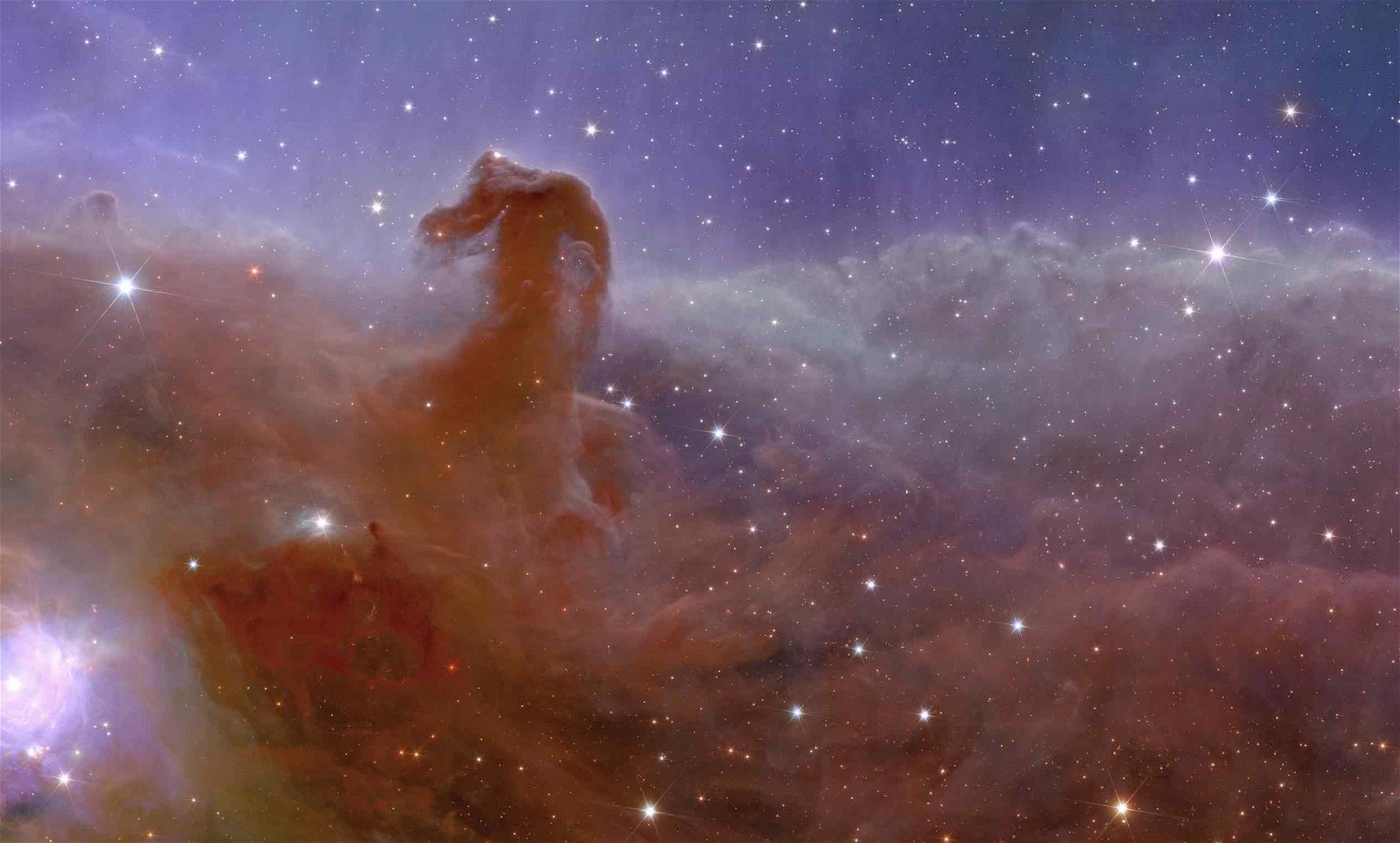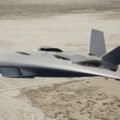The European Space Agency (ESA) has unveiled the first full-color images captured by the Euclid telescope, which reveal an unprecedented glimpse at our universe and potential clues to the nature of its mysterious dark side.
The agency said the images obtained by its Euclid space mission illustrate the power and readiness of its new premiere telescope in completing its mission to produce the most extensive 3D map of the universe that has ever existed.
“Never before has a telescope been able to create such razor-sharp astronomical images across such a large patch of the sky, and looking so far into the distant Universe,” read an ESA statement that accompanied the release of the new images.
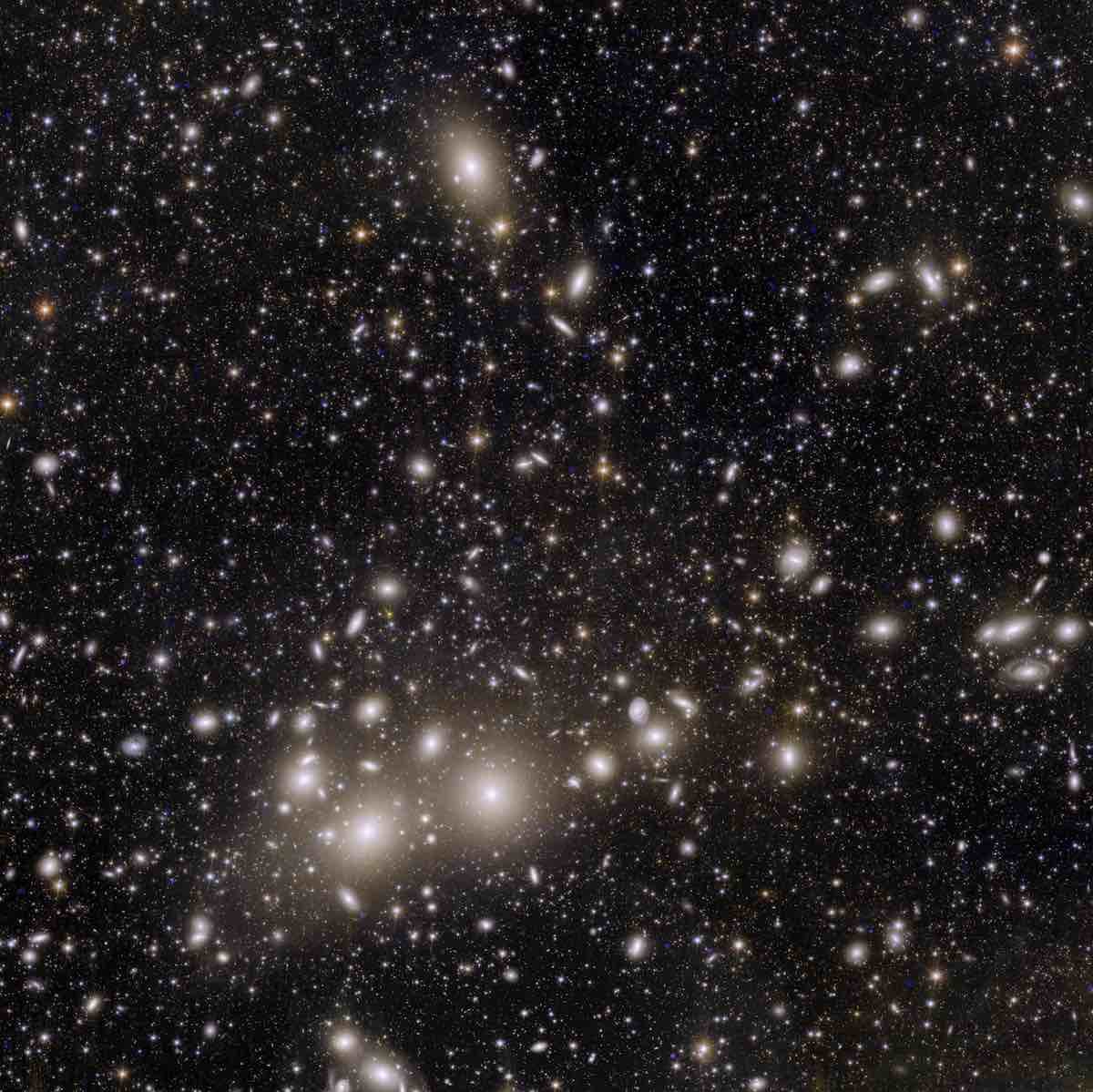

Euclid’s core mission objective is to produce a map of the geometry of the Universe that astronomers hope will lead to new insights about the nature of dark matter and dark energy, which are believed to exist in abundance throughout the cosmos. The ESA’s telescope will explore a variety of cosmic phenomena by effectively peering back in time billions of years, allowing it to glean new insights into how various celestial structures evolved.
Significantly, the depth into which Euclid will gaze back in time will allow it a view of the entire period in our universe during which dark energy is believed to have helped drive the acceleration of the expansion of the universe.
The new images are being regarded as being among the clearest and most detailed astronomical images produced to date.
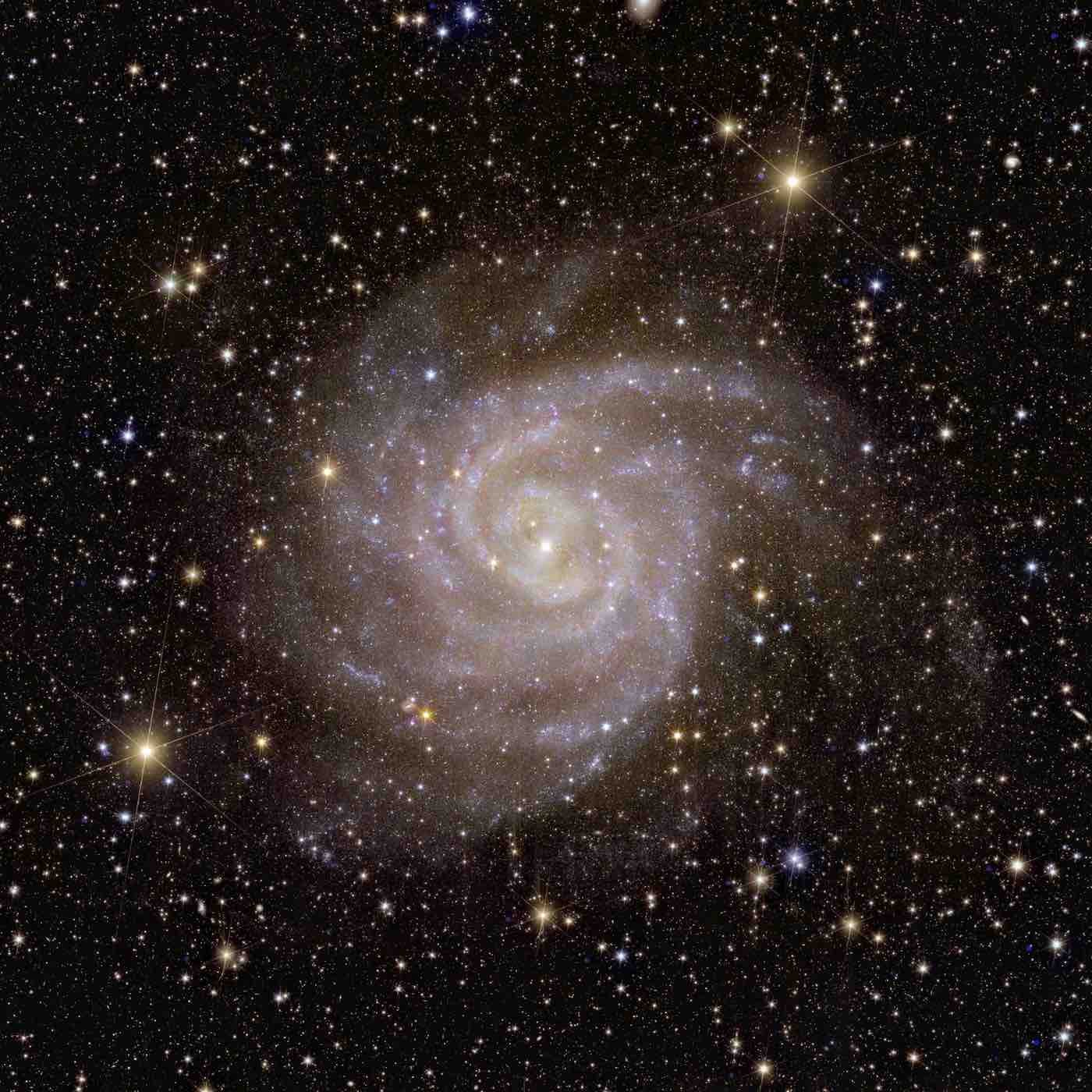

Euclid’s mission is anything but simple, with its primary task involving the investigation of the role dark matter and dark energy have played in shaping the universe. Complicating the task is the remaining question of whether these hypothesized vestiges of the dark universe actually exist, or whether current models that rely on them could point to holes in our present theories about how the universe evolved.
“95% of our cosmos appears to be made of these mysterious ‘dark’ entities,” read an ESA statement that accompanied the release of the new Euclid images. “But we don’t understand what they are because their presence causes only very subtle changes in the appearance and motions of the things we can see.”
Over the next six years, Euclid will examine the shapes, distances, and motion of billions of distant galaxies, some as far away as 10 billion light years, collecting imagery that will form the largest and most comprehensive 3D map of the universe ever attempted.
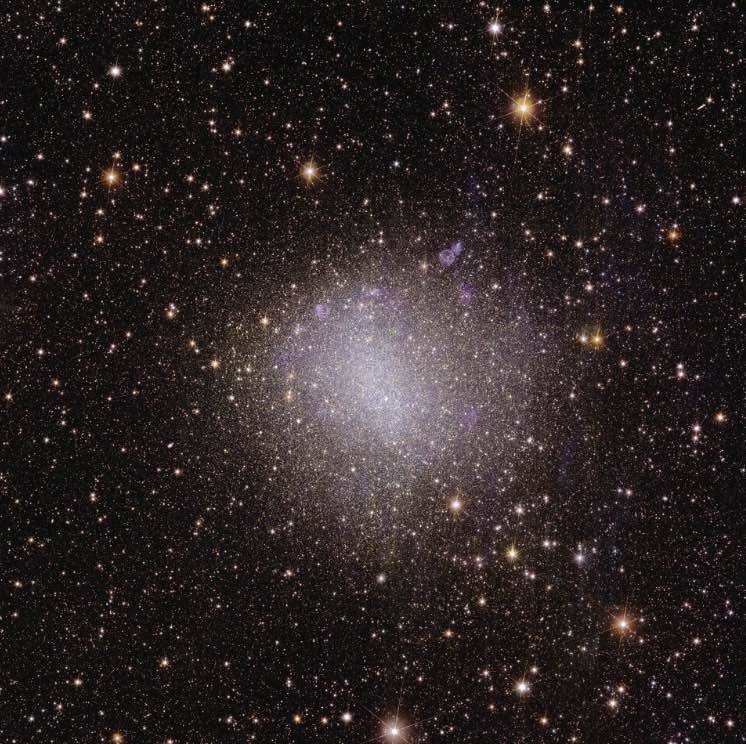

While studying dark matter and dark energy present obvious challenges, the ace in Euclid’s sleeve is the telescope’s prowess when it comes to the collection of sharp visible light and infrared imagery, as well as its ability to visualize large stretches of the sky in a single viewing.
Euclid’s stunning first images don’t disappoint, and already convey that the ESA’s mission is poised to deliver incredibly sharp views of distant stellar formations, ancient galaxies, and a range of other celestial objects in unprecedented detail.
Arguably, a show-stealer among the new images released by the ESA is Euclid’s view of the famous horsehead nebula (seen below), which the telescope reveals in truly remarkable clarity and detail.
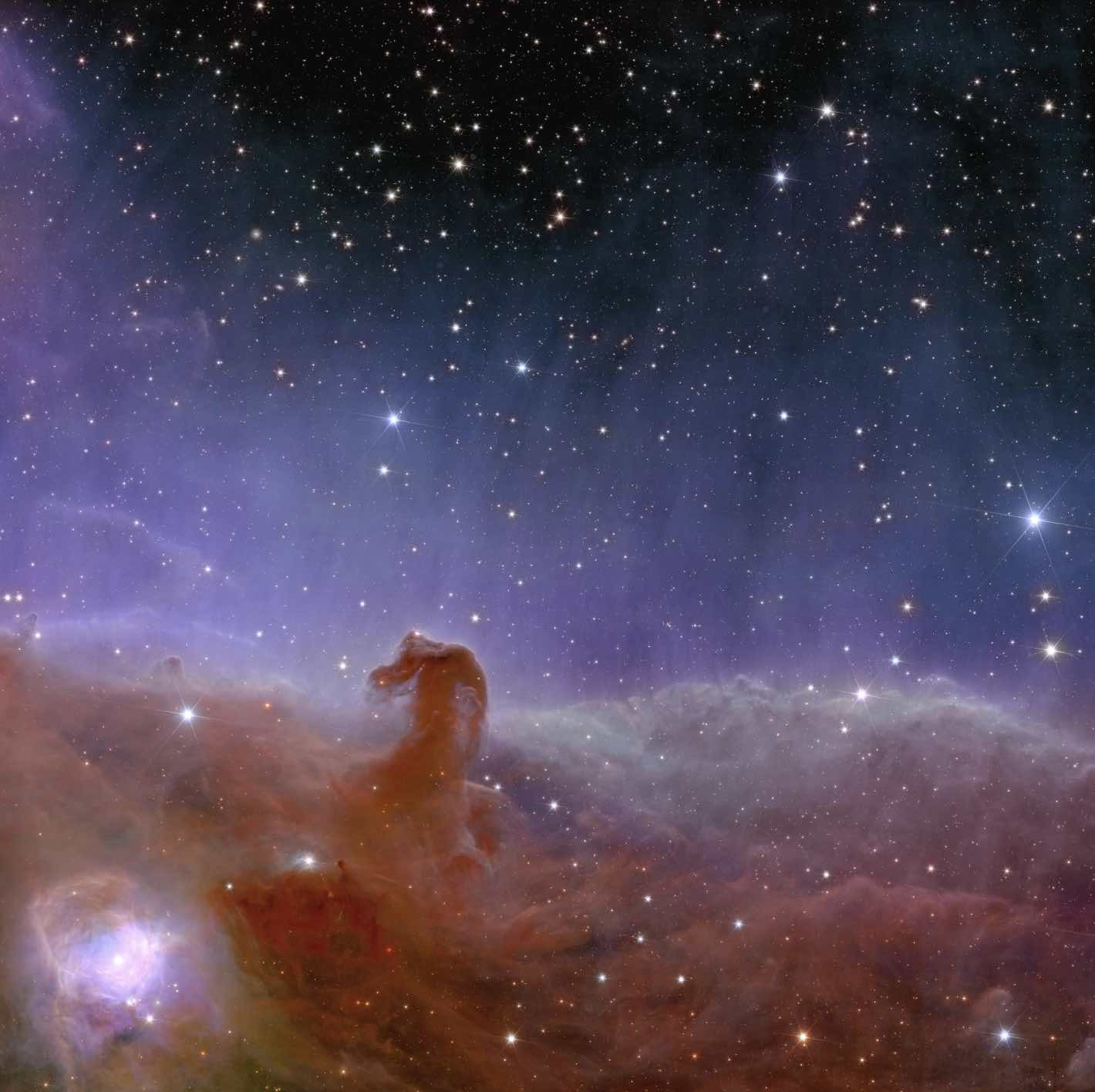

ESA Director General Josef Aschbacher called the new images “awe-inspiring”, and said they “remind us of why it is essential that we go to space to learn more about the mysteries of the Universe.”
Echoing Aschbacher’s statements, Euclid Project Scientist René Laureijs said in an ESA statement that Euclid’s first batch of images “are even more beautiful and sharp than we could have hoped for, showing us many previously unseen features in well-known areas of the nearby Universe.”
“Now we are ready to observe billions of galaxies, and study their evolution over cosmic time,” Laureijs added.
You can see all of the incredible first images captured by Euclid in high resolution at the ESA’s website.
Micah Hanks is the Editor-in-Chief and Co-Founder of The Debrief. He can be reached by email at micah@thedebrief.org. Follow his work at micahhanks.com and on Twitter: @MicahHanks.
